Top Class Actions’s website and social media posts use affiliate links. If you make a purchase using such links, we may receive a commission, but it will not result in any additional charges to you. Please review our Affiliate Link Disclosure for more information.
Automated teller machines (ATMs) are an extremely useful technology that allows people to quickly and efficiently access cash funds even when the bank is closed. Consumers can perform several basic transactions using an ATM, including deposits, cash withdrawals, and account transfers.
However, these kinds of transactions often incur an ATM fee if not conducted at an ATM within your own bank’s network, which can add up quickly. For instance, the average ATM fee for cash withdrawal from an out-of-network ATM was $4.61 at the end of 2019, according to MoneyRates.com. So, if you were to make a weekly ATM withdrawal, you may end up paying a total of more than $200 annually in charges.
Frustration with these fees is common since it essentially means you’re paying for access to your own money, even if all you need is a $20 bill. These fees can be especially frustrating, as customers may even have to pay two fees—one to the bank or store that owns the ATM, and another fee to their own bank for using an out-of-network machine. Fortunately, there may be a way to get ATM fees reimbursed, even when using an ATM belonging to another bank.
What Is ATM Fee Reimbursement?
Essentially, ATM fee reimbursement is a method by which banks pay customers back for certain ATM fees they incur. This is most common if the transaction at an out-of-network ATM was done in an area where an in-network ATM was not as readily available.
ATM fee reimbursement is more common than you might think. These policies are most popular with online banks, since these institutions generally do not have physical ATMs, so customers are forced to incur fees at an out-of-network ATM. ATM fee reimbursement, then, is a way to maintain customer satisfaction instead of switching to a banking option that wouldn’t charge these fees in the first place.
How Does ATM Fee Reimbursement Work?
With ATM fee reimbursement, the customer is still charged the ATM fee initially. Over the course of a statement cycle, any incurred ATM fees build up. At the end of the cycle, the bank may electronically credit the total number of ATM fees back to the customer’s account.
Because banks go by statement cycles, customers who regularly use ATMs can expect any applicable ATM fee reimbursement once a month.
Most banks that have their customers’ ATM fees reimbursed completely automate the process, and do not require customers to keep receipts of their transactions or do any paperwork. The use of the ATM and paying the fee is enough to alert the bank that the fee has been incurred in the first place.
 What Are the Limitations?
What Are the Limitations?
While getting ATM fees reimbursed can be a welcome relief for customers tired of getting hit with these fees every time they use an out-of-network ATM, even for the most minor withdrawals, it’s important to remember that most banks have pretty specific limitations on their ATM fee reimbursement offers.
Some banks with ATM fee reimbursement limit the amount a customer can be reimbursed per cycle, while others require customers to maintain a certain minimum daily average balance to have their ATM fees reimbursed. Others, however, may offer unlimited fee reimbursement.
Avoiding ATM Fees
Banks are required to disclose their ATM fee policy to customers, including what will be charged when, and whether or not customers can have their ATM fees reimbursed. However, this information may be presented in a confusing way. Some customers have accused banks of not accurately conveying ATM fees in order to to trick customers into unknowingly incurring charges. This can make it hard to choose a bank, or to accurately determine if you are going to incur a fee.
The fist step in avoiding ATM fees is to have an accurate sense of what you might be charged.
As a large profit center for banks, fees like ATM fees are not likely to go away quickly. According to CNBC, ATM fees have hit an all-time high. The average fee is now $4.72, up 33 percent in the last ten years.
These fees can be easy to avoid, however. In our increasingly digital world, many transactions do not require cash; they can either be done online or by card. This may reduce your need for cash, and your need to go to an ATM.
Additionally, many grocery stores offer cash back options. This can be a convenient option if you are out running errands and need cash. However, many grocery stores put a cap on how much cash back they will give you, and some add a nominal fee.
There is another side to the coin of digital transactions. Though they offer flexibility, this transition to digital payment has come with banks moving almost entirely online. Some banks only operate online, and might not have ATMs. If they do have them, they may be few and far between.
Banks With ATM Fee Reimbursement
There are a number of banks with ATM fee reimbursement offered to their customers.
Some of these banks cap their ATM fee reimbursement per statement cycle, such as Ally Financial and BankFive, which cap at $10 in reimbursed fees per statement cycle.
Some banks offer free domestic ATM use, such as E-Trade Financial Corporation, Fidelity Investments, and Axos Bank. Axos Bank reimburses customers the next day for these fees, rather than at the end of the statement cycle.
IncredibleBank automatically reimburses external ATM fees, though a minimum balance is required to avoid incurring a monthly fee.
TIAA Bank offers unlimited ATM fee reimbursement with a minimum balance of $5,000.
First Republic and Charles Schwab both offer free ATM use around the world, also eliminates the problem of foreign transaction fees as well.
ATM Fees Lower for First Time in 15 Years
ATM fees have dipped for the first time in over a decade, according to CNBC’s Make It. According to Make It, out-of-network fees dropped to $4.64 in 2020 from a high of $4.72 in 2019. Experts told reporters that the drop in ATM fees are likely due to temporary waivers enacted by many banks and credit unions at the beginning of the coronavirus pandemic and resulting lock downs that cost many Americans their jobs.
In addition, the Citizen’s Voice reports that the continuing pandemic has resulted in some businesses going cashless to reduce exposure to the virus. As a result, customers use ATMs less, resulting in fewer fees. In addition to helping workers and customers stay cleaner, some businesses say that going cashless allows them to be more efficient because they don’t have to handle cash. However, the Voice reports that some businesses are now bearing the brunt of higher merchant fees for customers using credit cards – reportedly up to 3% of a total purchase in some cases.
The dip in ATM fees was revealed by a survey conducted by Bankrate, according to Make It. The survey also reportedly revealed that customers are being charged an average of $3.08 in fees to use their bank or credit unions’ ATMs and $1.56 to use out-of-network ATMs. The study also found that 35% of bank and credit union accounts now offer free out-of-network ATM use.
Do You Qualify for an ATM Balance Inquiry Fee Settlement?
At least one class action lawsuit pertaining to ATM fees has resulted in a settlement agreement. In 2018, plaintiff Jacob F. filed a lawsuit against Capital One, accusing the bank of assessing multiple fees for withdrawing cash from an ATM, and failing to inform consumers about these fees before they were charged. According to Jacob, he withdrew $20 from an in-network ATM in April 2015. In addition to a $3 charge for withdrawing cash, Jacob claims he was also charged a $2 fee for making a balance inquiry, and another $2 cash withdrawal fee. In total, he was charged $7 for withdrawing $20. According to Jacob, these high fees are unconscionable.
In 2020, Capital One agreed to an ATM balance inquiry fee settlement in order to resolve the lawsuit. Although the bank has not admitted any guilt or wrongdoing, it has agreed to a $13 million settlement. The amount that each member of the class covered by the lawsuit may be eligible to receive will depend on the amount of people in the class, as well as the total number of ATM fees each member was assessed.
People who qualify for payouts through the ATM balance inquiry fee settlement include those who established accounts with Capital One in Louisiana between April 6, 2008 and June 30, 2020; in Connecticut, New York, and New Jersey from April 6, 2012 to June 30, 2020; in Virginia from April 6, 2013 through June 30, 2020; in Texas from April 6, 2014 to June 30, 2020; and in the District of Columbia, Maryland, and Delaware between April 6, 2015 and June 30, 2020.
Filing an ATM Fee Lawsuit
More and more consumers are turning to class action litigation against financial institutions over these allegedly hidden fees they incurred with the use of an ATM machine.
If you were charged ATM fees without notification, you may be able to file a lawsuit and pursue compensation.
Filing a lawsuit can be a daunting prospect, so Top Class Actions has laid the groundwork for you by connecting you with an experienced attorney. Consulting an attorney can help you determine if you have a claim, navigate the complexities of litigation, and maximize your potential compensation.
ATTORNEY ADVERTISING
Top Class Actions is a Proud Member of the American Bar Association
LEGAL INFORMATION IS NOT LEGAL ADVICE
Top Class Actions Legal Statement
©2008 – 2024 Top Class Actions® LLC
Various Trademarks held by their respective owners
This website is not intended for viewing or usage by European Union citizens.

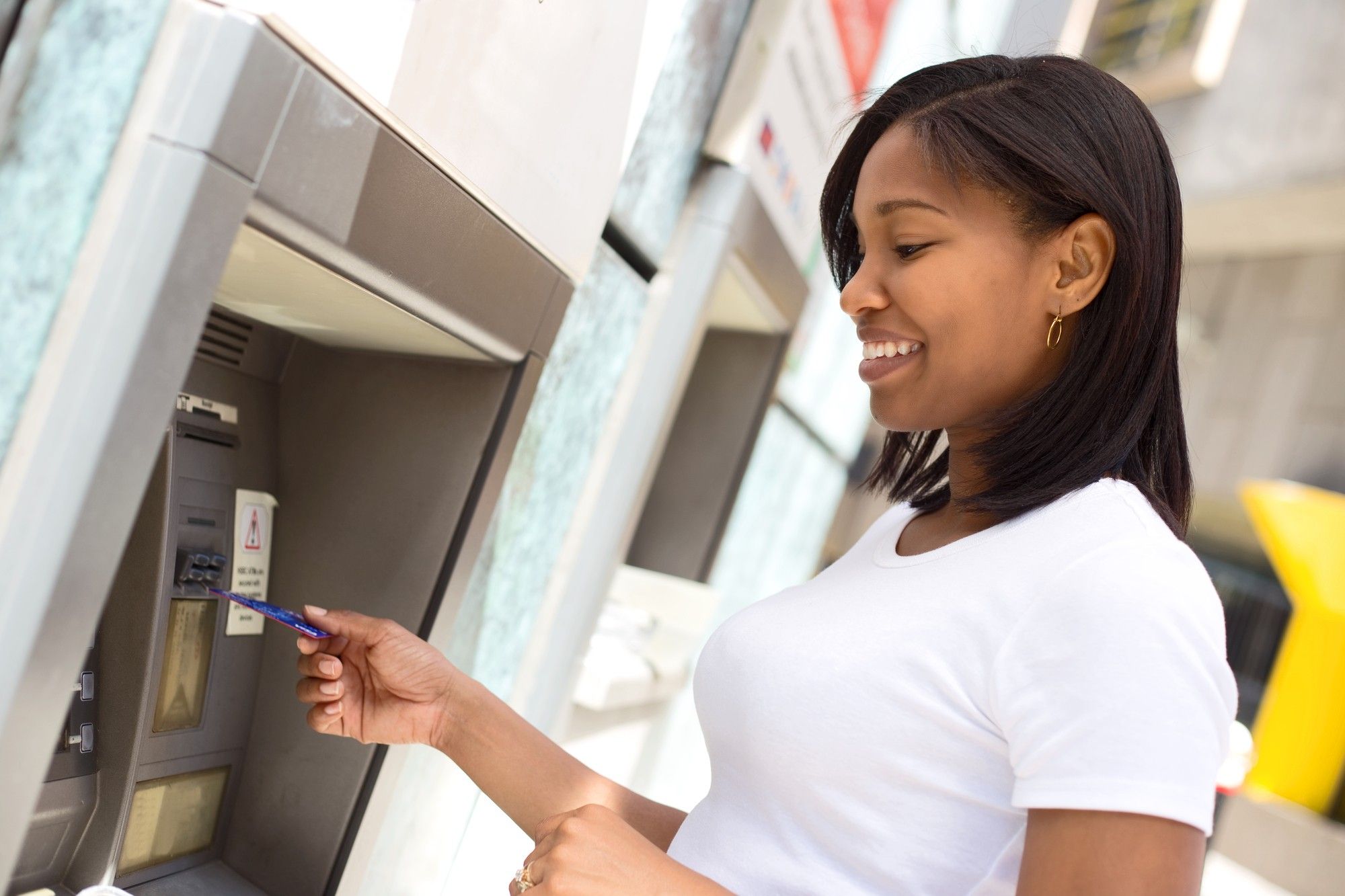
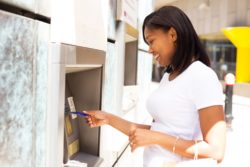 What Are the Limitations?
What Are the Limitations?



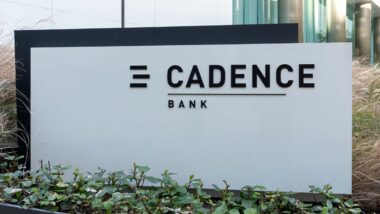
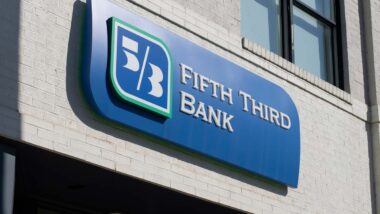

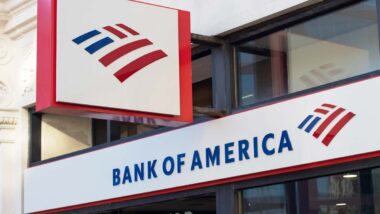

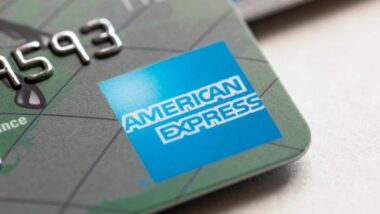
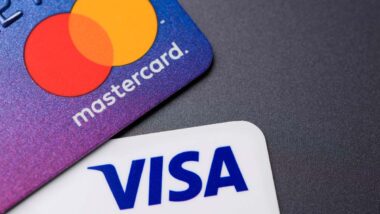
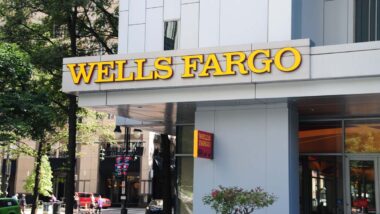
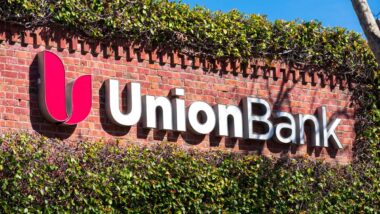
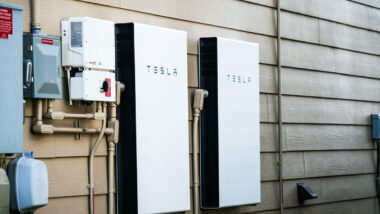
19 thoughts onHow Can I Get ATM Fees Reimbursed?
I bank with PNC and live in rural Alabama. I recently made an ATM withdrawal at local gas station, making a balance inquiry by mistake while doing so. I just realized I was charged 2.75 for ATM at store, $3 from PNC for ATM balance inquiry fee, AND $3 from PNC for ATM withdrawal fee. $8.75 is ridiculous, had I known at the time I wouldn’t have used ATM. PNC in Alabama are robbing folks.
Does chime qualify? Lmk.
Add me BOfA sucks royally.
Add me pls
I have an account with Green Dot Bank through Uber. If I use this bank then Uber does not charge me to cash out my earnings. Also, I get 1 percent cash back on all my purchases. However, this month I started being charged $2.50 every time I withdrew money at an in network ATM. It totalled $42.50. I was outraged when they said I only get 8 free per month. I went back and looked and I wasn’t charged I’m any month previously nor does it state this in any of their literature, not in terms and conditions. How is this allowed?